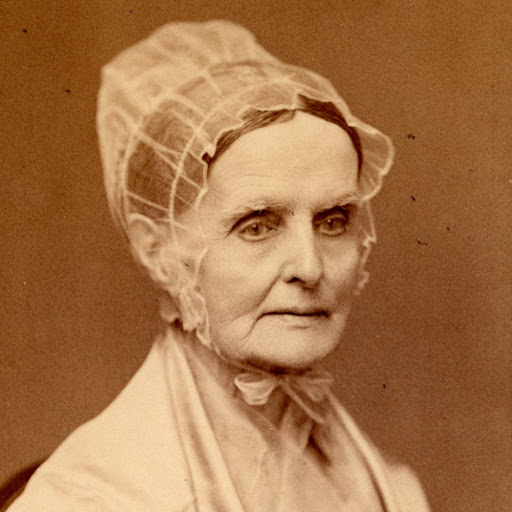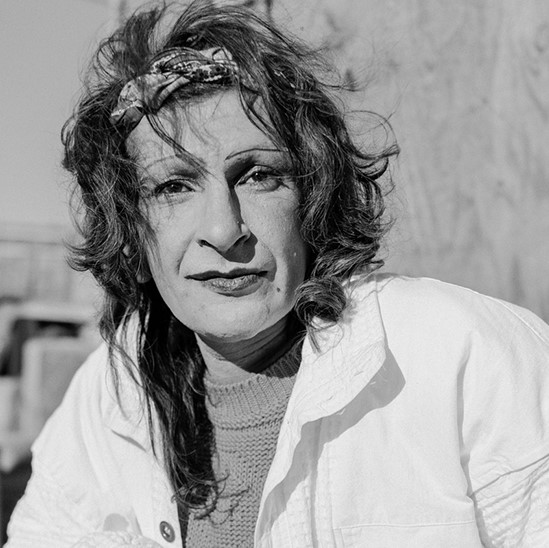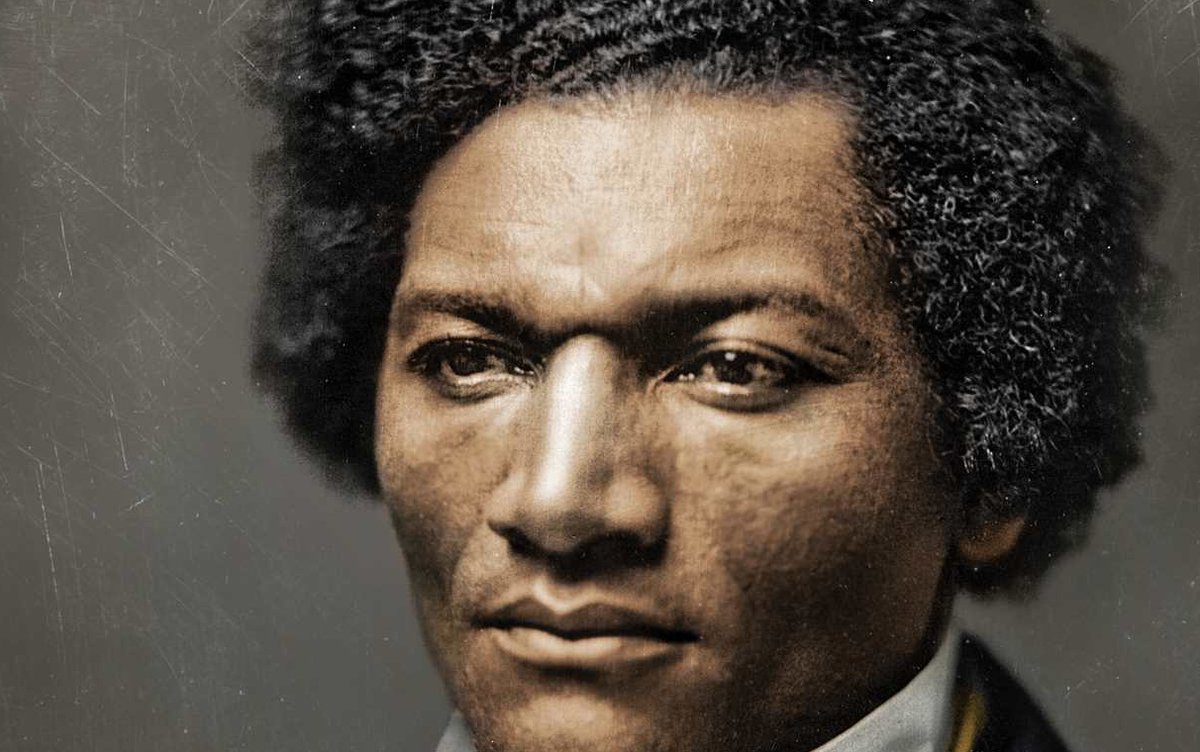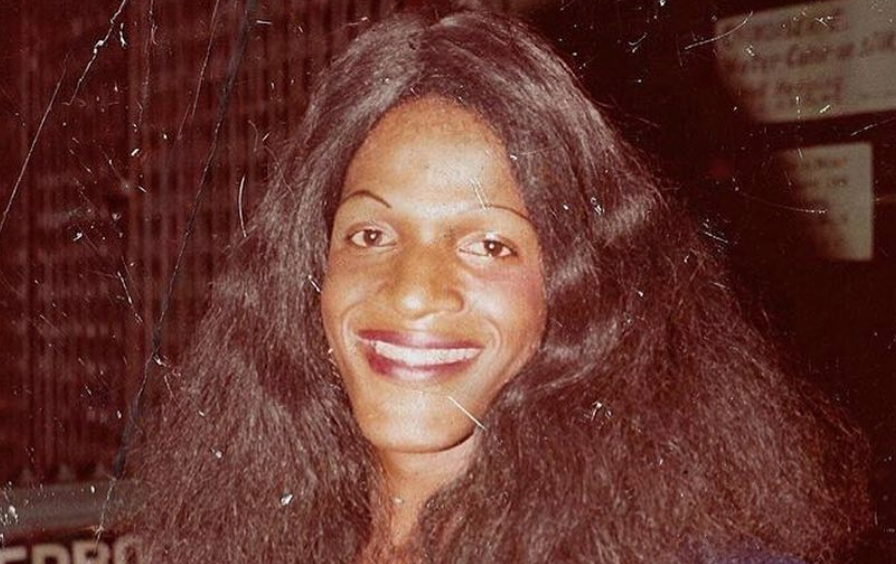
The story of Black abolitionist Hester Lane features blatant racism and sexism. But it’s also about a subtler version of both: when you’re expected to choose a side because of your identity, and pigeonholed into what someone like you is “supposed to” believe.
Long thread.

Long thread.


Hester’s story is one of the most exciting discoveries in @marthasjones_' wonderful Vanguard - which is saying something!
Hester was a free woman of color in 1820s New York City. She was an entrepreneur, a leader, and a liberator.
Hester was a free woman of color in 1820s New York City. She was an entrepreneur, a leader, and a liberator.
Hester Lane bought the freedom of enslaved people - dangerous work that meant negotiating with southern slaveholders herself. She brought out as many as 11 people - she required them to repay her, which enabled her to keep the cycle going.
Slavery was still legal in New York then, and the state wanted to prevent African Americans from amassing political power as they gradually became free. In 1821 the legislature imposed a rule that Black men had to own $250 worth of property in order to vote - white men, zero. 

That’s almost $6000 today, and in 1825 there were 16 Black men who met the qualification. So Hester Lane’s success - she owned her own decorating business and her own home - was truly extraordinary.
She was a powerful community leader.
She was a powerful community leader.
She led fundraising for the NYC Vigilance Committee, which worked to protect African Americans who were in constant danger of being seized and enslaved. She led the local Dorcas Society, which clothed the children of the community so they could attend the African Free School. 

In the 1830s slavery mushroomed in the South and organized opposition grew in the North. The American Anti-Slavery Society was founded in 1833, and Hester Lane was an early donor. Then & now, being a donor & fundraiser was a route to becoming a leader in a volunteer organization.
In 1840, Hester ran for a seat on the Society’s Executive Committee. Two other women ran that year also. Good, right? Well.... the bumper crop of women reflected a schism in the abolitionist movement. A large faction had just quit the Society -- over the issue of electing women.
And that was Hester’s faction.
She was aligned with the side of the Society that wanted to use lobbying and litigation and other political means to end slavery. The handful of other women who were active in the Society - all of them white - were aligned with the other faction.
She was aligned with the side of the Society that wanted to use lobbying and litigation and other political means to end slavery. The handful of other women who were active in the Society - all of them white - were aligned with the other faction.
That faction, led by Wm Lloyd Garrison, was more anarchic. They didn’t think slavery could be ended through capital-P Politics. They wanted to focus on changing hearts and minds, winning over Americans with the moral rightness of their cause. (Portrait: Garrison in 1833.) 

The political wing was more conservative, and women’s leadership was a radical proposition.
At the Society’s 1839 convention, inclusion of women became a flashpoint. 123 men formally protested women holding leadership roles.
Why?
They felt it would make their cause ridiculous.
At the Society’s 1839 convention, inclusion of women became a flashpoint. 123 men formally protested women holding leadership roles.
Why?
They felt it would make their cause ridiculous.
The Female Anti-Slavery Societies that had developed in the 1830s were fine, they said, but nothing more. Women leading the national organization risked causing “unnecessary reproach and embarrassment to the cause of the enslaved.”
.@MarthaSJones_ asks us to imagine how Hester felt - these were her ideological allies.
Hester’s alliance with the political wing makes sense to me. Those men were pragmatists who wanted to end slavery by using the system. In contrast...
Hester’s alliance with the political wing makes sense to me. Those men were pragmatists who wanted to end slavery by using the system. In contrast...
Garrison’s opposing faction was anarchist; to me, his confidence that a new system would be better reeks of white privilege. Hester was a businesswoman, not a dreamer.
A year later, everyone returned to New York for the annual meeting. Abby Kelley - a white woman from Lynn, Mass. - was appointed to a leadership committee at the Society’s annual meeting.
Like Hester Lane, Kelley was a seasoned abolitionist and a fundraiser for the Society.
Like Hester Lane, Kelley was a seasoned abolitionist and a fundraiser for the Society.

Her appointment brought the issue of women’s leadership to a boiling point. A vote was called on whether to approve her. 557 in favor; 451 against. The losers walked out, never to return. They founded their own abolitionist group.
Good riddance, right?
The meeting continued, and the women present - about 120 delegates - were elected and appointed to leadership roles.
But let it sink in. In 1840, the racially integrated American Anti-Slavery Society split over the question of women in power.
The meeting continued, and the women present - about 120 delegates - were elected and appointed to leadership roles.
But let it sink in. In 1840, the racially integrated American Anti-Slavery Society split over the question of women in power.
And it left Hester Lane, the most prominent African American woman there, in a lousy position.
She had too much self-respect to go where she was not wanted. She stayed, and her friend Charles Ray nominated her to the Society’s executive committee.
She had too much self-respect to go where she was not wanted. She stayed, and her friend Charles Ray nominated her to the Society’s executive committee.
Ray and his late wife Henrietta were Hester’s partners in leading New York City's Black community. He published the newspaper the Colored American; Henrietta was a founder of the African Dorcas Society & the NY Female Literary Society. 

When the Society election was over, well-known Lucretia Mott and Lydia Maria Child had won.
Hester Lane lost.
Maria Chapman was also on the executive committee by the end of the 1840 convention - so three white women were in leadership and the strongest Black candidate was not.
Hester Lane lost.
Maria Chapman was also on the executive committee by the end of the 1840 convention - so three white women were in leadership and the strongest Black candidate was not.
Charles Ray pointed to racism as the culprit. Garrison blamed Hester for her association with the dissident anti-feminists: “It is to be supposed that the Society would be guilty of this obvious impropriety of appointing to office a woman who denies her own right of membership?”
That was snotty of Garrison, and a low blow. Hester Lane certainly hadn’t signed on to the anti-woman petition in 1839, nor walked out in 1840.
Another of Hester's distinguishing characteristics was independence.
Another of Hester's distinguishing characteristics was independence.
The white women elected were all sponsored by their husbands, prominent abolitionists in their own right. (Abby Kelley, elected before the schism, was single then.) Hester was not just Black, she was an unmarried, independent businesswoman.
Hester left abolitionist politics after that. She died in New York City’s 1849 cholera epidemic.
I hope Professor Jones’ work leads to much more awareness of this fascinating woman.
#BlackSuffragists #Vanguard
I hope Professor Jones’ work leads to much more awareness of this fascinating woman.
#BlackSuffragists #Vanguard
• • •
Missing some Tweet in this thread? You can try to
force a refresh









